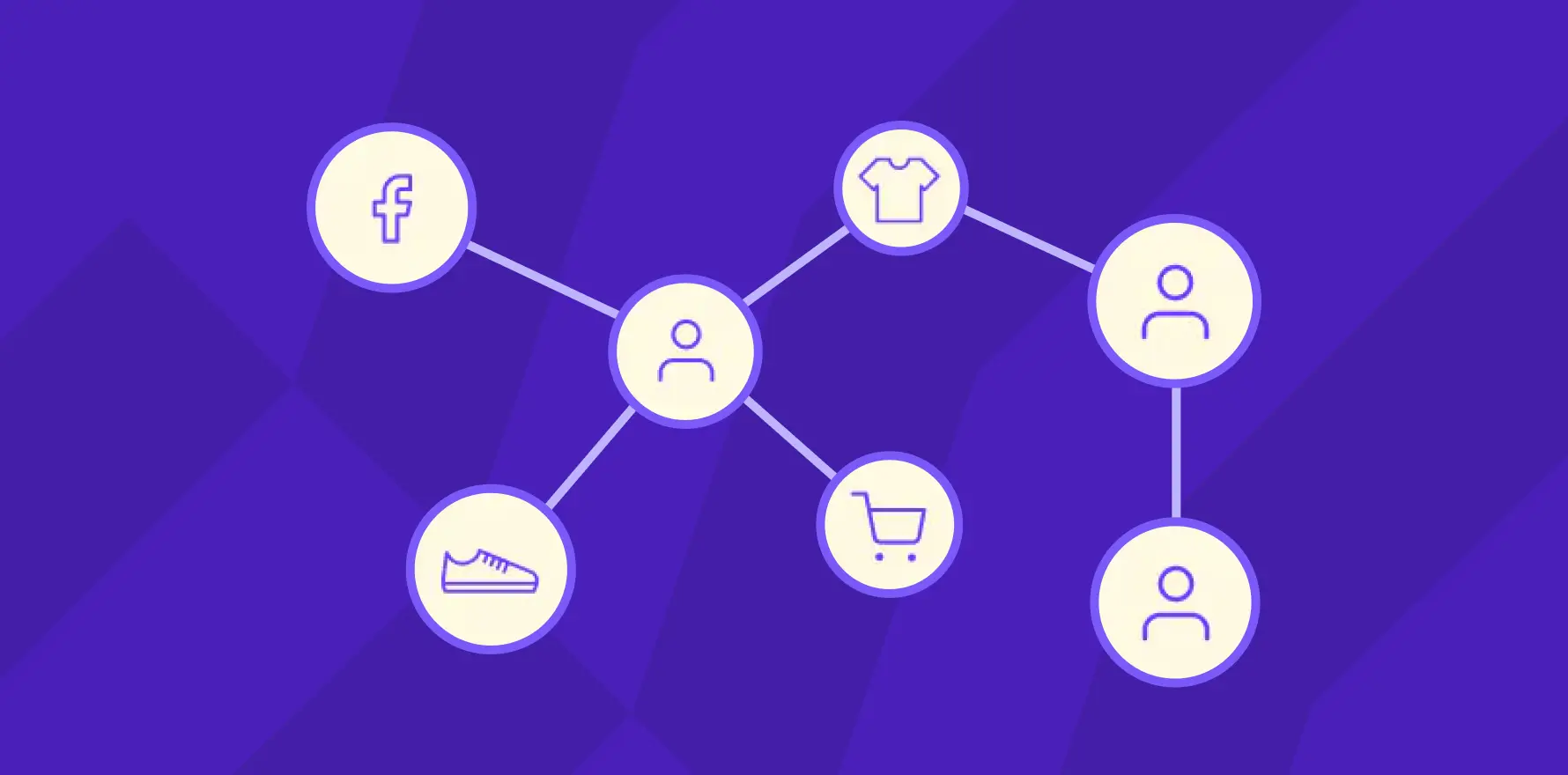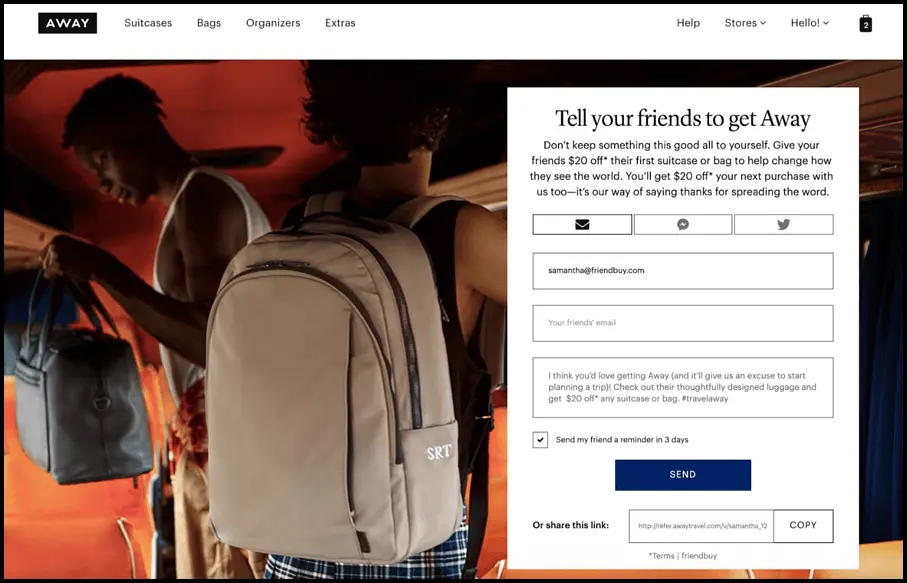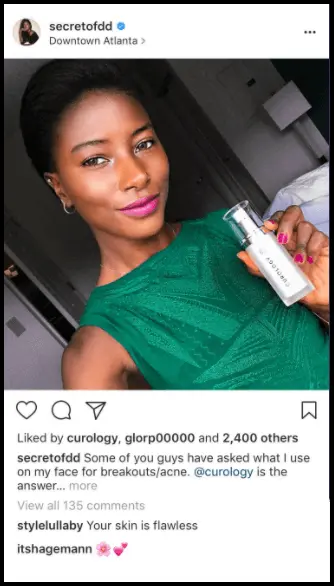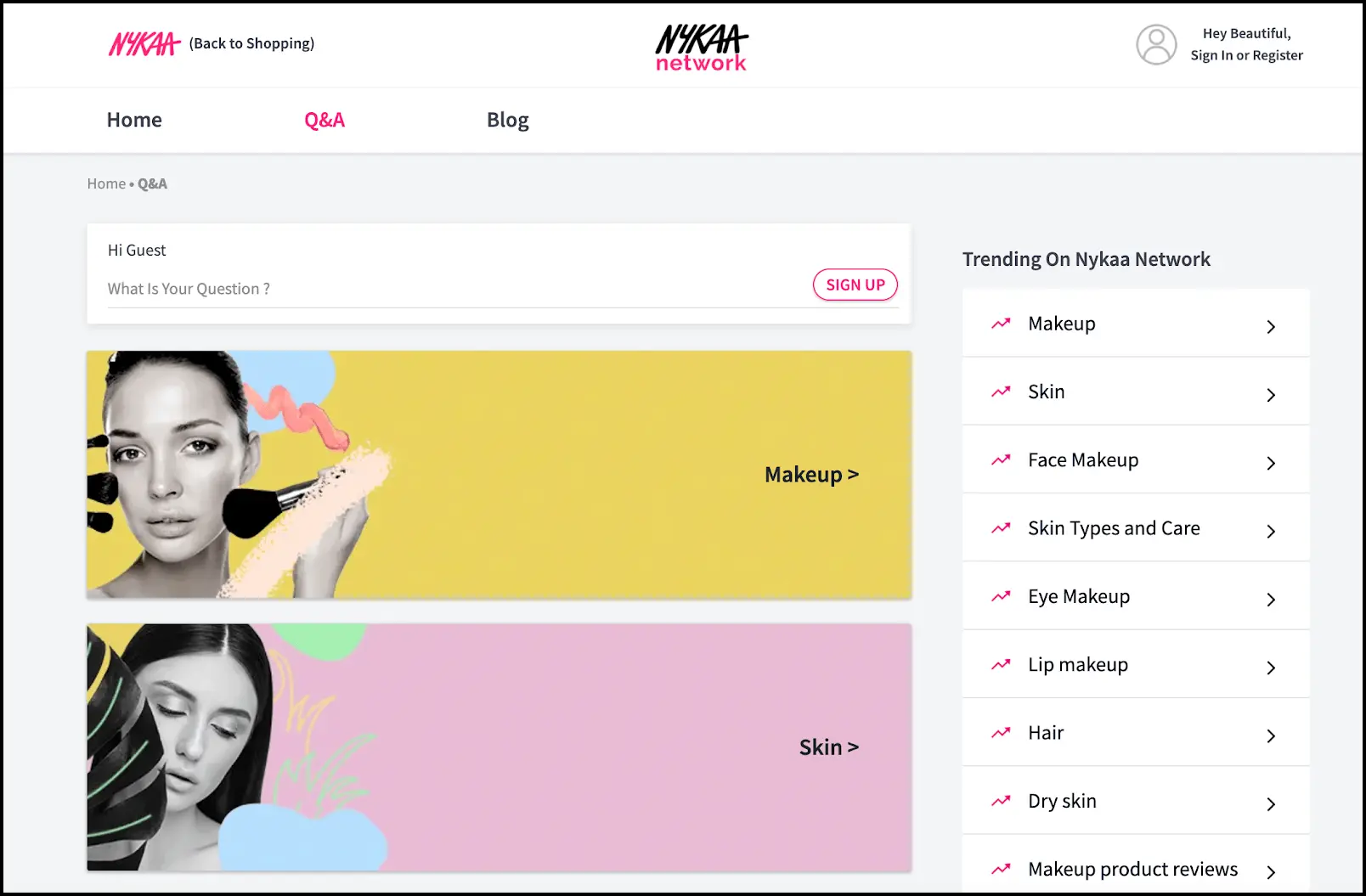People love to connect. Humans are social animals, have habits and preferences, strong likes and dislikes, and an innate need to connect with like-minded people and have a sense of belonging.
Over 70% of brands have active communities and that number is only growing.
Many businesses have been employing community as part of their strategy for some time, but it appears that community-led strategies are enjoying a moment in the spotlight these days. Especially in the DTC world.
In the world of direct-to-consumer (DTC) or e-commerce brands, cultivating a loyal customer base is vital to long-term success.
There are lots of ways communities can help DTC brands at every step of the funnel:
- Aid brand awareness
- Increase sales
- Foster customer loyalty
- Boost word-of-mouth referrals
- And generally deepen customer relationships leading to a range of benefits
What is a brand community?
Brand communities are groups of like-minded individuals (subscribers, prospects, and customers) who share an identity and purpose that the brand empowers them to express.
In a brick-and-mortar store, the employees will quickly become acquainted with their frequent customers. The simple fact that you are face-to-face with your customers on a frequent basis makes it easy to build lasting relationships. When customers know what they’re getting, feel comfortable with the staff, and know they’ll have a good experience, they’ll keep coming back. Customers want to go to a place where they are recognized by everyone.
But, in the DTC world, this is difficult to replicate. Frequent shoppers are only known by their user ID, phone number, and/or email address. Why do they buy from you? What are their style preferences? What do they like or not like about your brand?
Building a loyal customer community, along with using first-party data enriched CDP, will enable you to successfully answer some of the questions.
Understanding that most forward-looking DTC brands are striving hard to make their community thrive, this blog post discusses three, interlinked strategies you can use to build and nurture your DTC brand community:
dtc-brand-community-influence-contribute-engage
1) Influence
Build a community for your brand ambassadors/influencers to spread the word about your brand
It’s less organic, but it’s no less powerful than conventional word-of-mouth marketing in terms of spreading information.
In these communities, your top customers and brand ambassadors/influencers can exchange best practices with one another, product usage tips and tricks, celebrate wins, respond to questions and issues, and generally stay motivated to keep promoting your brand.
You can also lean on such strong, engaged communities to acquire new customers.
Take action now
Your existing customer is your brand’s best advocate and has the power to bring you more customers authentically.
Create a referral program that’s blended with your brand’s community to benefit both your brand and your customer.
A customer referral program offers multiple benefits:
- Brings fresh new leads
- Rewards your current customers and encourages them to promote your brand to others for more benefits.
- Creates more customer success stories, social media mentions, and more visibility
And once your brand has a core group of loyal customers, you’ll see fewer customers move away. Here’s an example from travel essentials brand, Away:
dtc-brand-community-away-tell-your-friends-campaign
2) Contribute
Enable your customers to have a say in the brand
Have you ever asked or understood how your customers want your brand to communicate with them?
Many DTC brands primarily communicate through email, SMS, newsletters, new product announcements, and app/web notifications, which may make customers feel as if they’re on the other end of a mass blast, where they’re being shouted at or sold to.
Instead, enable your customers to be a part of mutual interactions and allow them free space to contribute to your brand’s stories:
- Invite them to test new products/services
- Respond to their social media posts regarding your brand
- Invite them to your brand events
- Enable two-way communication via email, WhatsApp, and SMS marketing channels (please do not send emails from a Do-Not-Reply-To email ID!)
Two-way conversations between brands and customers are essential for making them feel valued, and building true and lasting connections.
dtc-brand-community-curology-customer-interactions
Skincare brand, Curology, enables all community members to engage with and encourage fellow community members on their Members-Only community.
Take action now
You can create private Facebook groups to discuss “how to use the product” and “celebrate customer stories”. Or, you can use new platforms such as Discord, Slack, Tribe, etc., to both engage with customers and to also enable them to contribute to your brand’s story and success.
Ultimately, your DTC brand is looking to create a deeper customer connection to the brand so that your customer repurchase rate will grow.
To do this, you should develop interesting content for the community, create space for meaningful conversations, and offer perks and rewards to these customers for being loyal to the brand.
Try to make these communities “invite-only”, thus giving a feeling of exclusivity that attracts your top customers.
The key to making this type of community successful is making sure you provide value to your community members. This can be challenging with existing platforms, such as Slack and Facebook because your DTC brand will have very little control over the experience.
It might be difficult for customers to identify the content that is most relevant to them in these groups.
Before launching your loyalty-focused community, take the time to carefully consider the platform you want to employ.
3) Engage
Increase your customer’s engagement with the brand
Most DTC customers are incredibly engaged when it comes to interacting with brands.
Over 90% of customers reported engaging with their favorite brand in some capacity. While customers do one very obvious thing — make purchases — consumer value goes beyond one-off checkouts.
Customer engagement starts with engaging content – created by your DTC brand as well as user-generated content.
54% of customers say engaging content is an important factor in their brand loyalty. It is because of the interesting and entertaining “man care” content that Dollar Shave Club has such a large fan base and continues to see consistent growth.
They create high-quality content that fits their products (male cosmetics and grooming accessories) that provides answers and solutions to common problems and questions. For example:
dtc-brand-community-common-problems-&-solutions
What are the other activities that you can enable and nudge your customers to do?
You should enable your customers to:
- Share word-of-mouth referrals
- Join loyalty programs
- Leave reviews for products (the good, the bad, and the ugly)
- Post photos/videos of unboxing the product or using it
- Provide specific product feedback as part of an exclusive community/beta testing user
The list goes on.
dtc-brand-community-curology-customer-stories
Curology encourages their customers to share their story/pictures on Instagram
Each engagement online across your app, your website, your social media channels, your customers’ social media handles, etc., all evoke a sense of belonging. A sense of connection and common bonding.
Take action now
You can create focus group communities that will engage with customers on experiences they’re having with the product.
In these communities, you can test new products by sending out samples and asking for feedback.
You can even test new ideas/features/upgrades by simply having users and customers react to designs or concepts before you build/release a full-fledged product.
Your DTC brand can also get valuable feedback on current products.
We know that product reviews on your brand’s site/app are helpful, but they may often tell an incomplete story.
Similarly, your customer support communication may provide a bit more insight into how customers feel about products, but both reviews and customer support communication are more or less filled with either very negative or very positive experiences.
The middle path is to let a group of trusted brand loyalists, top customers, and influencers freely discuss their experiences.
For example, Nykaa, a beauty and cosmetics brand, has its own community where customers can seek support and also actively network with others:
dtc-brand-community-nykaa-customer-community
Remember this!
Ensure that such communities are built on third-party community platforms that are well-integrated with your CDP for easy access, ingestion, management, and automation of precious first-party data.
Public social media platforms, such as Facebook, control the data in your brand community. This may make it hard to extract and use.
A proactive customer-first approach
One bad experience with your DTC brand’s service desk/customer support can potentially overshadow all great experiences and permanently damage your brand’s image in the customer’s mind.
So, offer flawless customer service across all stages of the buyer’s journey with your brand.
From the first time a buyer comes to your website or app, to them seeking help for making a purchase, and the journey thereafter, the quality of your interaction at every stage matters.
Improving customer service KPIs, such as a specific response time or offering live chat on your website/app can significantly enhance your buyer’s experience and loyalty.
Final comments
This is by no means the only framework of how to structure/build and enhance your community.
Many DTC brands successfully combine various aspects of these community strategies in a way that is authentic and common-sensical to their brand.
The key is being clear about what the primary goal of your brand’s community is and making sure that the way that it’s managed aligns to that goal.
You may also like
Essential resources for your success






















